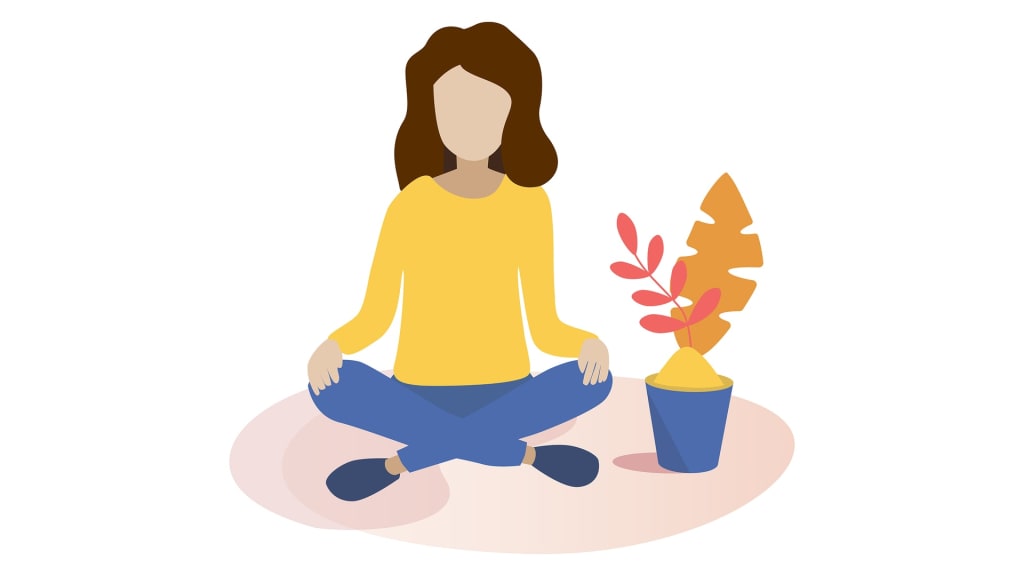Changing Your Mindset for The Better
How to Become a Better Thinker

This is a guide to a system of thinking that will help prevent you from poor judgement, impairment from unconscious biases, and unknown ignorance.
Why you should want to be a better thinker
Firstly, it is natural not to recognize your own bias! That is why they are called unconscious biases. Learning to grow from your current mindset requires you to be open-minded, and for you to not be scared to be challenged. Learn to be okay with being wrong, and learn to challenge ideas that have been taught to you that you never challenged before.
Hopefully you desire to seek truth, rather than to live your life in ignorance. You are more empathetic when you begin to look at topics from multiple perspectives, rather than just your own perspective. Your own perspective has a scope of life that has been narrowed by your own biases and heuristics. Multiple perspectives allow us to see the world closer to its true reality.
Why be empathetic? Why does it even matter?
Being empathetic makes you a better person, and it allows you to tackle problems with the right mindset, to do good for the right reasons, and to honestly live your life to the fullest with happiness and meaning.
Bayes theorem: A Breakdown
Bayes theorem (when used non-mathematically) is a basic rule telling us how much to revise our probabilities given new facts and evidence. Our knowledge is not perfectly reliable (obviously), but our beliefs are not all equally unreliable either. Bayesian thinking can also be seen as a way to achieve scout mindset. Scout mindset allows us to look at things objectively, to see the whole picture rather than through a scope that has been narrowed by our biases. It is intended to increase meta cognition by recognizing one’s own unconscious biases.
Important Vocabulary (in order of the thinking process)
Priors
The biases and all other factors that impact our thoughts on a subject, before learning more about that subject.
Credence
After identifying our priors, we must ask ourselves how probable our beliefs are, and we must assign a credence (percentage of our level of confidence) that shows just how much we actually believe our priors to be true, and how willing we are to defend them.
Motivated reasoning
Now we must ask ourselves what led to our priors in the first place. Do we have any sort of motivated reasoning for why we wish for our priors to be true? What led us to believe such a thing? Was it impacted by where we grew up or by someone that we know? Recognize your biases, and how they affect your thinking. They impair your thinking beyond what you believe.
Steel Manning
Being able to articulate your “motivated reasoning” allows us to “steel man” or pressure test whether the evidence we have for a certain belief is truly valid or logical. Steel manning our own beliefs means questioning our own beliefs, and purposefully looking at our beliefs from an opposing perspective.
Final Step:
Update your thinking! Has your thinking changed now that you’ve examined your biases, looked at the evidence, and looked at opposing viewpoints? Maybe your viewpoint has been solidified with more evidence to support it. Maybe your viewpoint has completely flipped, and you’re living a better life because of it.
About the Creator
Heather Clark
Heather is a film student and model living in the midwest. She loves anything entertainment and art related.






Comments
There are no comments for this story
Be the first to respond and start the conversation.